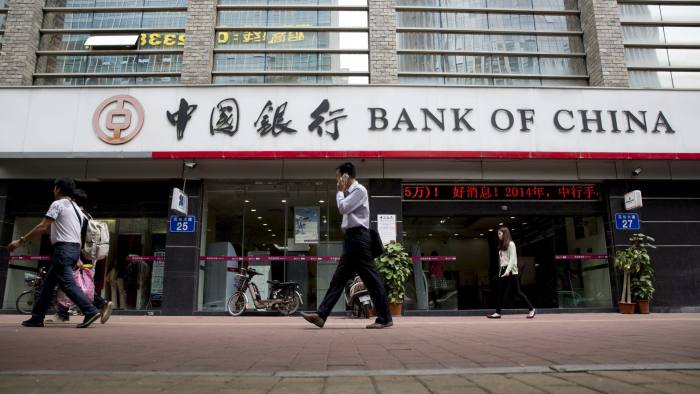Come August 28, the world’s four biggest banks—Industrial and Commercial Bank of China (ICBC), China Construction Bank (CCB), Agriculture Bank of China or AgBank, and Bank of China—could post a “substantial decline” in their profits as they kick off their earning season.
Amid the coronavirus-induced economic slump, the Chinese government had directed its banks to support growth by offering cheap and easy loans to companies as well as individuals. Besides, these banks have also been recklessly financing Beijing’s ambitious multibillion dollar Belt and Road Initiative (BRI) in other countries, including many in Africa and South Asia.
Many of the repayments that were due this year have had to be postponed as the global recession hit these countries. Despite uncertainty rising over timely repayment of debt by several countries, China has been extending fresh financial assistance.
Recently, it committed huge sums to Nepal, Iran and offered to exempt tariff on 97 per cent of Bangladesh-made. https://www.nasdaq.com/articles/preview-chinese-banks-to-post-first-h1-profit-drop-in-over-a-decade-amid-pandemic-pain-0 “China’s cabinet said in June that authorities would push financial institutions to sacrifice 1.5 trillion yuan ($212 billion) in profit this year to support companies of all kinds by lowering lending rates and fees, and deferring loan payments,” a Reuters report said. In a move that created panic and fear among citizens, the Communist Party of China last month had imposed stringent restrictions on cash withdrawals from banks in the wake of rising non-performing assets (loans that turn unproductive).
Even as the restrictions were put in place in the Hebei province as a pilot project, the move sent panic waves across. News agency Xinhua reported that cash withdrawal restrictions will be put in place in Zhejiang Province and the city of Shenzhen from October as per a plan chalked out by People's Bank of China. The health of the country’s smaller and local lenders, which typically are outside any stringent monitoring system, is even worse. Reason?
They have been traditionally lending to the small and medium companies that have been the worst impacted in the coronavirus pandemic. Many of these small and medium firms have been export-driven. “These companies have become very vulnerable with the dwindling of the export market and the US-China trade war. In turn there is a rising bad debt level in these banks, which has escaped notice,” an analyst said. “While China’s lending traditionally comes from the major state-controlled banks, there has been a gradual shift towards less transparent alternative lending sources that can produce high-risk loans and contribute to China’s debt woes. This lending is at times done through smaller local and provincial banks that sell lightly regulated investments,” wrote ChinaPower.
The official Xinhua News Agency on August 13 reported that the country’s banks are expected to dispose of 3.4 trillion yuan ($490 billion) of bad loans in 2020, a move that will help in arresting the economic impact of the coronavirus pandemic, which originated in China. Interestingly, even as China reported a GDP growth of 3.2 per cent in the second quarter of the current year, there is little cheer as many analysts opined that this may not reflect true picture of the economy..




















